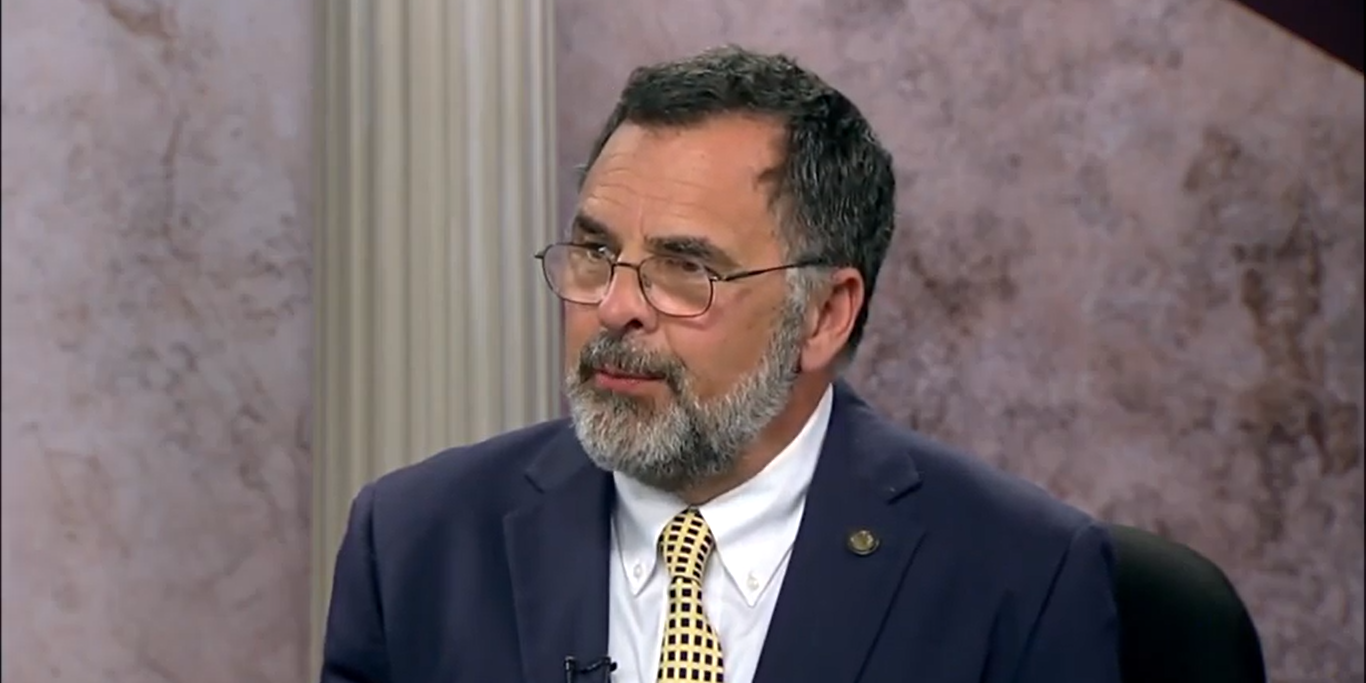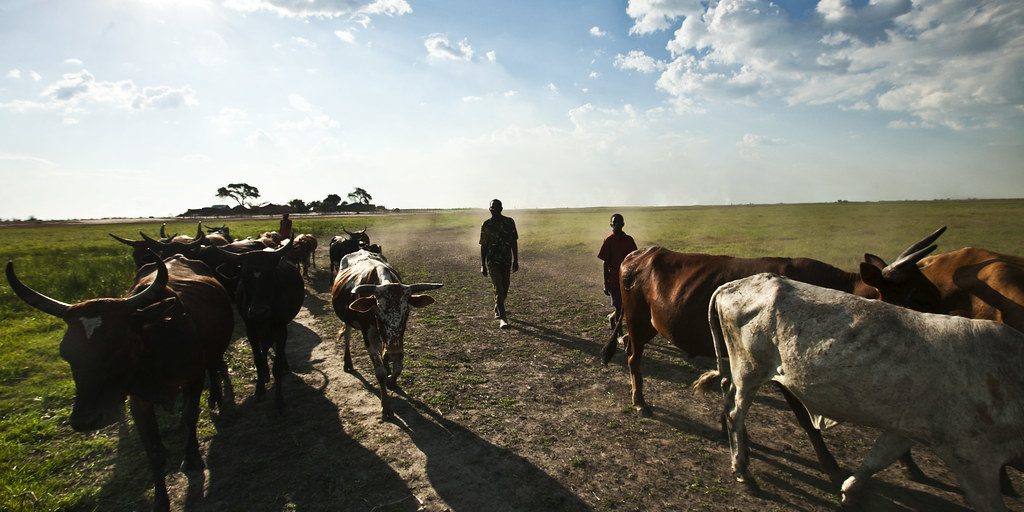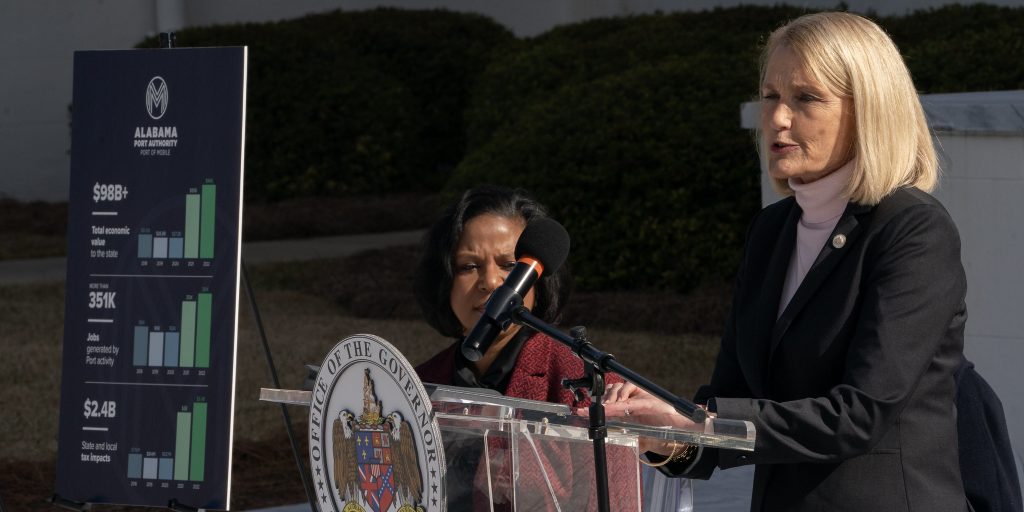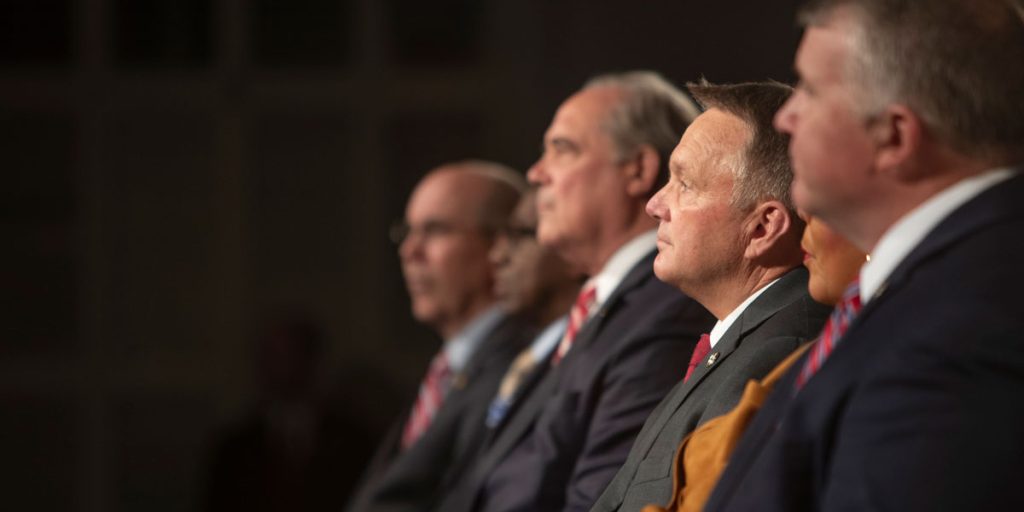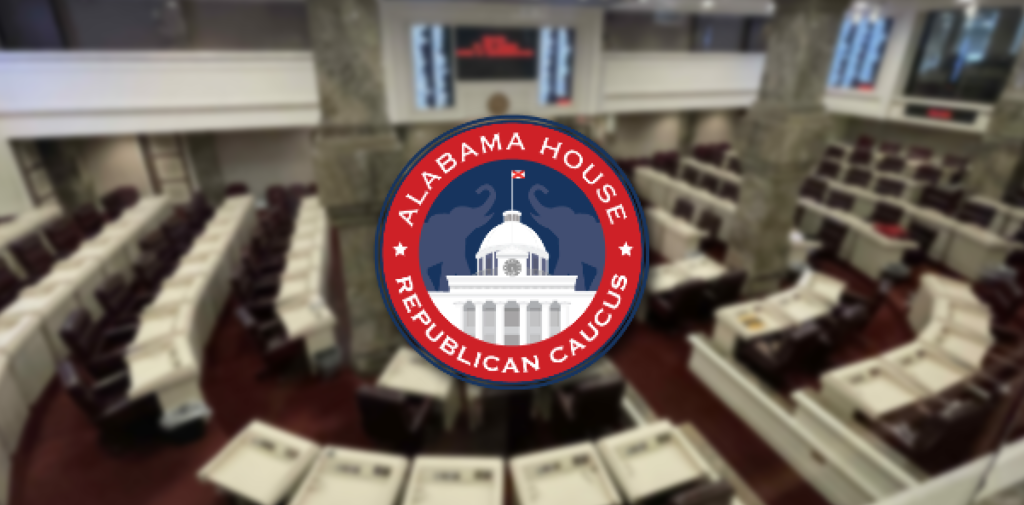The U.S. Supreme Court on Oct. 4 is set to hear Alabama’s appeal of a lower court’s ruling that the state’s reapportioned congressional map violates the Voting Rights Act.
Following the results of the decennial U.S. Census, the Alabama Legislature last year refreshed its congressional district map to reflect population changes.
In late January, a three-judge federal panel of the U.S. District Court for the Northern District of Alabama ruled that the legislature had likely violated Section 2 of the Voting Rights Act. The lower court ordered Alabama to create an additional Black opportunity district to reflect the state’s minority citizenry, which currently accounts for roughly 28% of the population.
In February, the nation’s high court ruled that Alabama’s 2022 congressional elections could proceed as the state prepared arguments for an appeal.
This past Friday, State Rep. Chris Pringle (R-Mobile) joined Alabama Public Television’s “Capitol Journal” to detail the state’s ongoing legal battle over reapportionment.
Pringle, who serves as co-chair of the Permanent Legislative Committee on Reapportionment, noted that a lawsuit had been drafted against the state’s refreshed congressional map prior to a bill being introduced.
A congressional map strictly derived from Alabama’s racial makeup, Pringle said, was something the state was told it could not draw.
“Basically, we used attorneys that have done this for 20 years. These attorneys that helped us draw these plans are very experienced and know what they’re doing,” Pringle told host Todd Stacy. “And we followed what we assumed was the law to the tee. The three-judge panel told us that we did not rely enough on race in order to draw the districts. We were told you couldn’t rely on race. You had to rely on compactness, contiguity and communities of interest, and get the deviations down to zero, which has been the traditional reapportionment standards.”
He added, “So the question now before the Supreme Court is: Do they want to change the law? And do they want us to start drawing predominantly on race in these congressional districts?”
Pringle outlined that in question before the court was language of the Voting Rights Act and that of the 14th Amendment.
“The conflict has grown over the years. Really, it’s a conflict over Section 2 of the Voting Rights Act and the 14th Amendment Equal Protection Clause of the Constitution,” he said. “And what the plaintiffs are alleging is because they have 28% of the population, they should have two congressional districts based on the Voting Rights Act.”
The lawmaker continued, “But the last two lines of the Voting Rights Act clearly say, ‘nothing in this law should be misconstrued that you’ll have representation based on the percentage of your population.’ So that’s the question. What’s more important — Section 2 of the Voting Rights Act or the 14th Amendment of Equal Protection for the citizens?
Dylan Smith is the editor of Yellowhammer News. You can follow him on Twitter @DylanSmithAL




